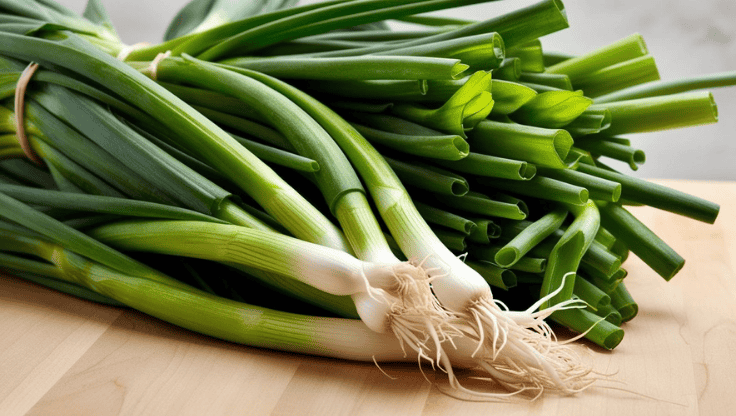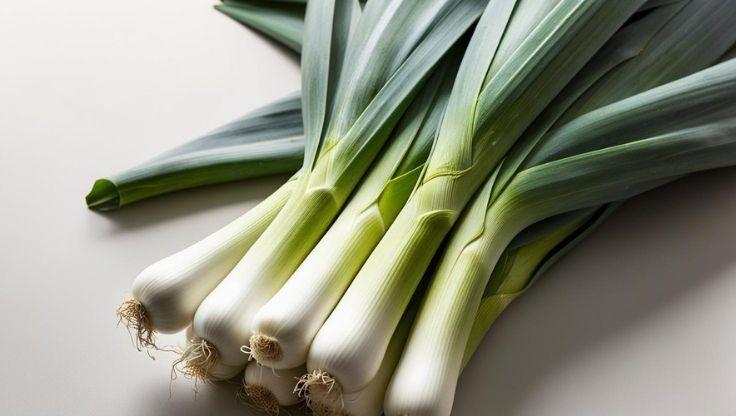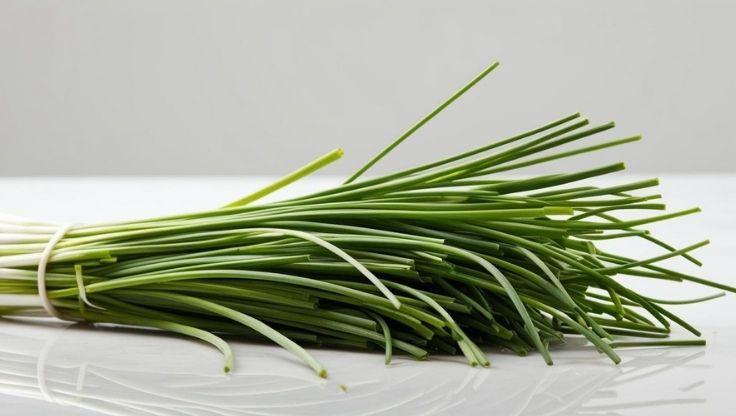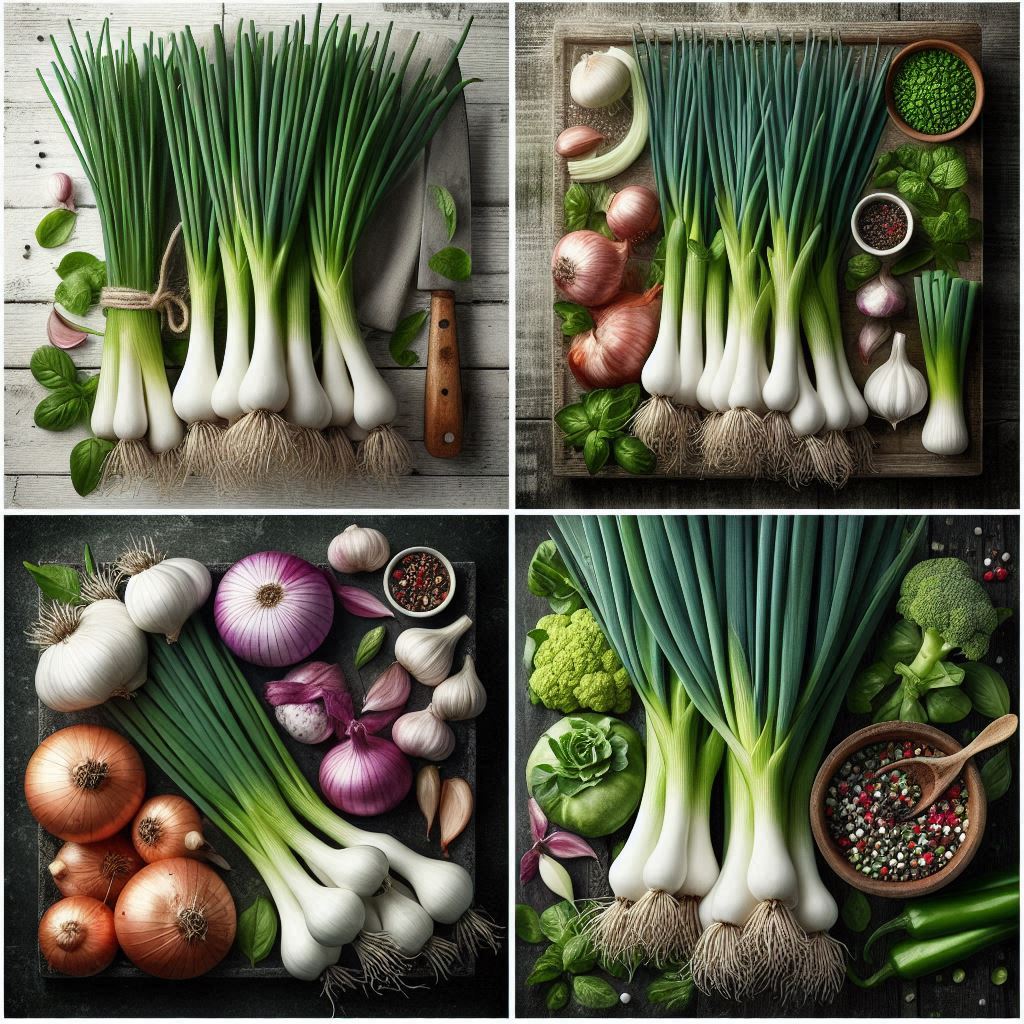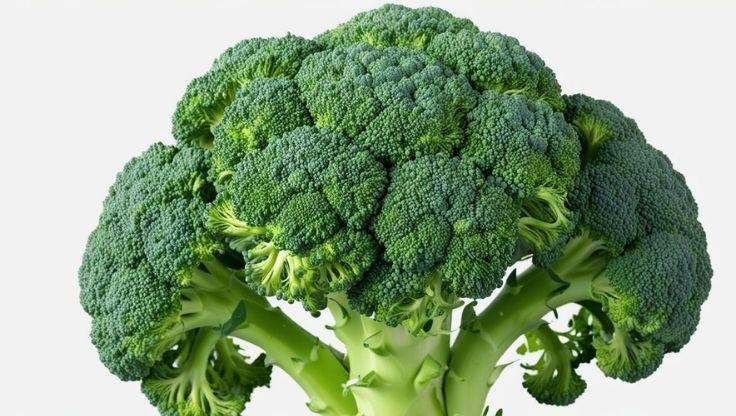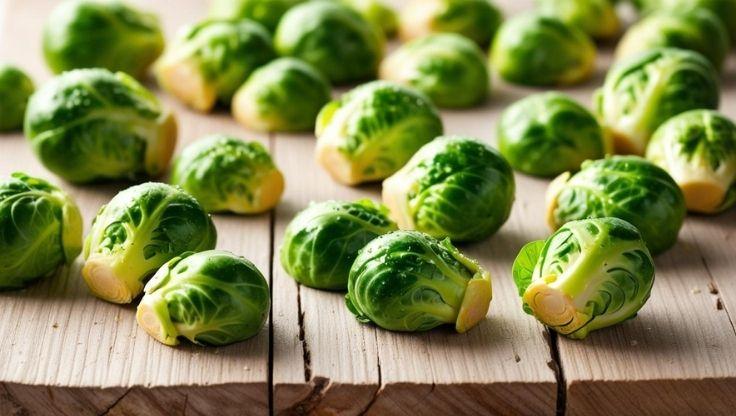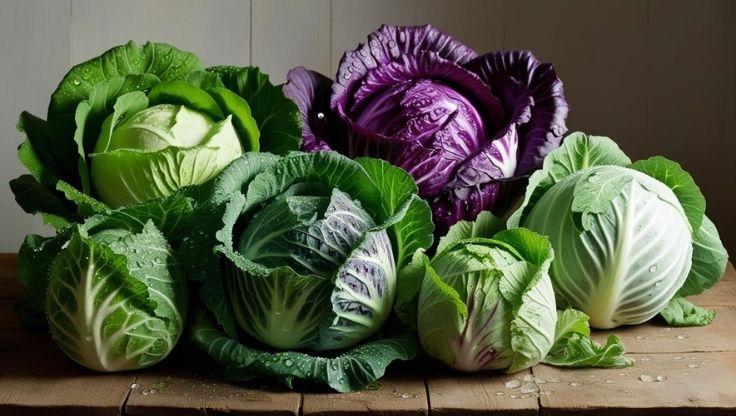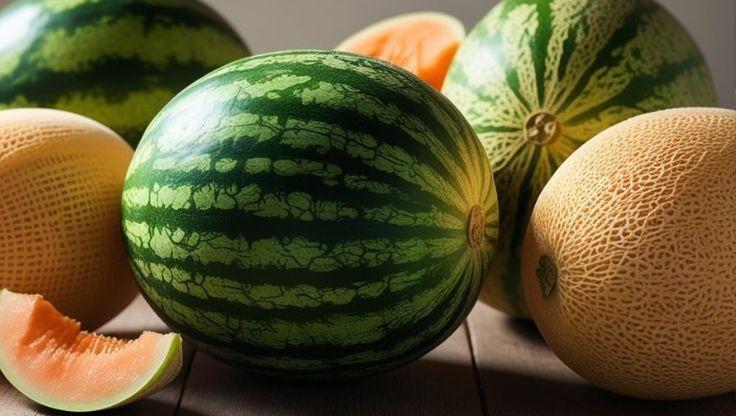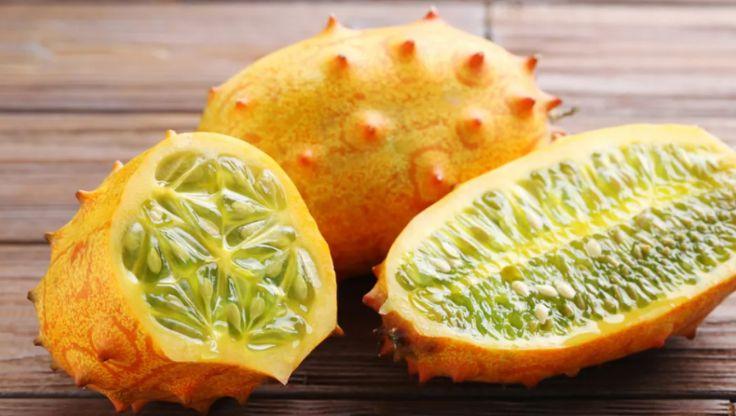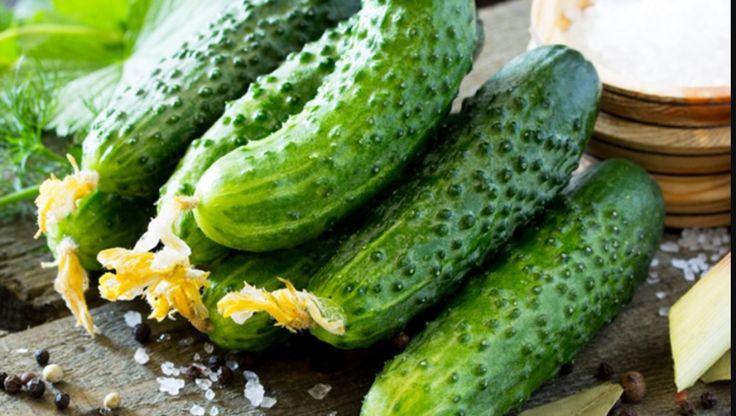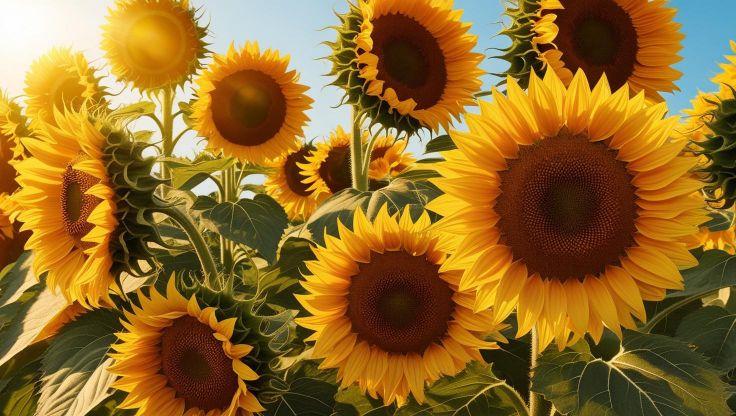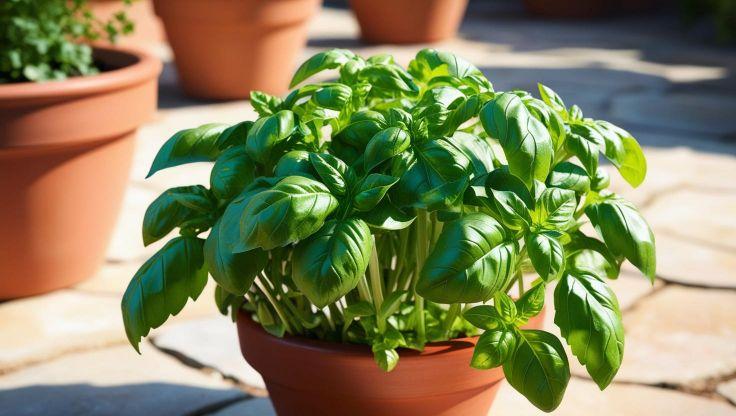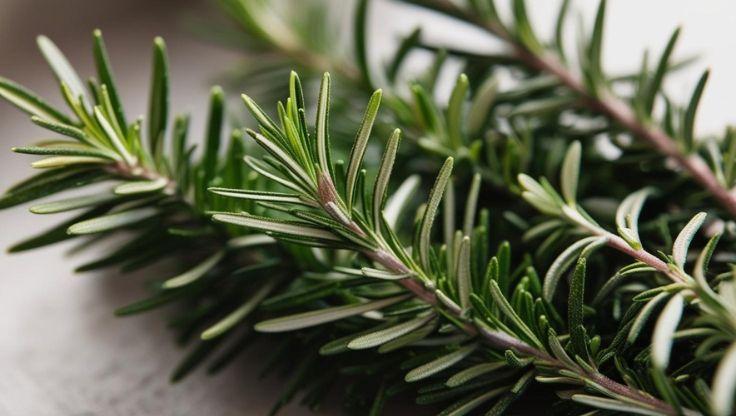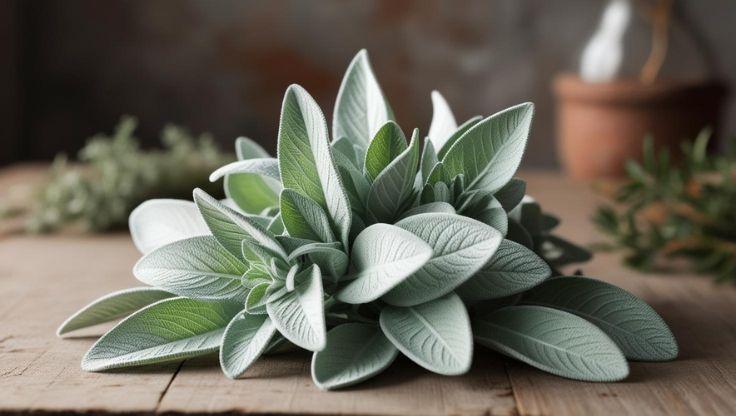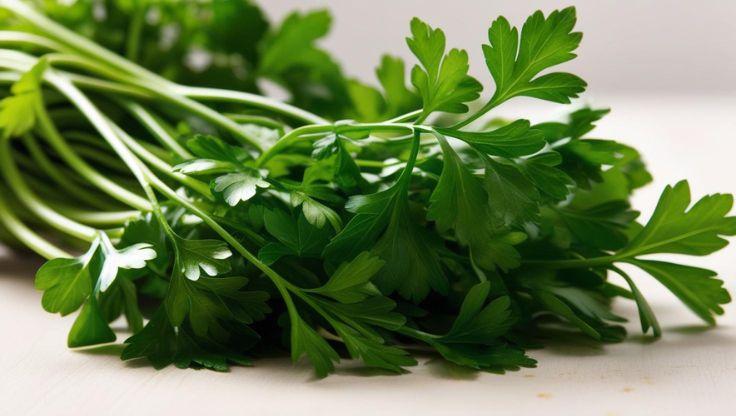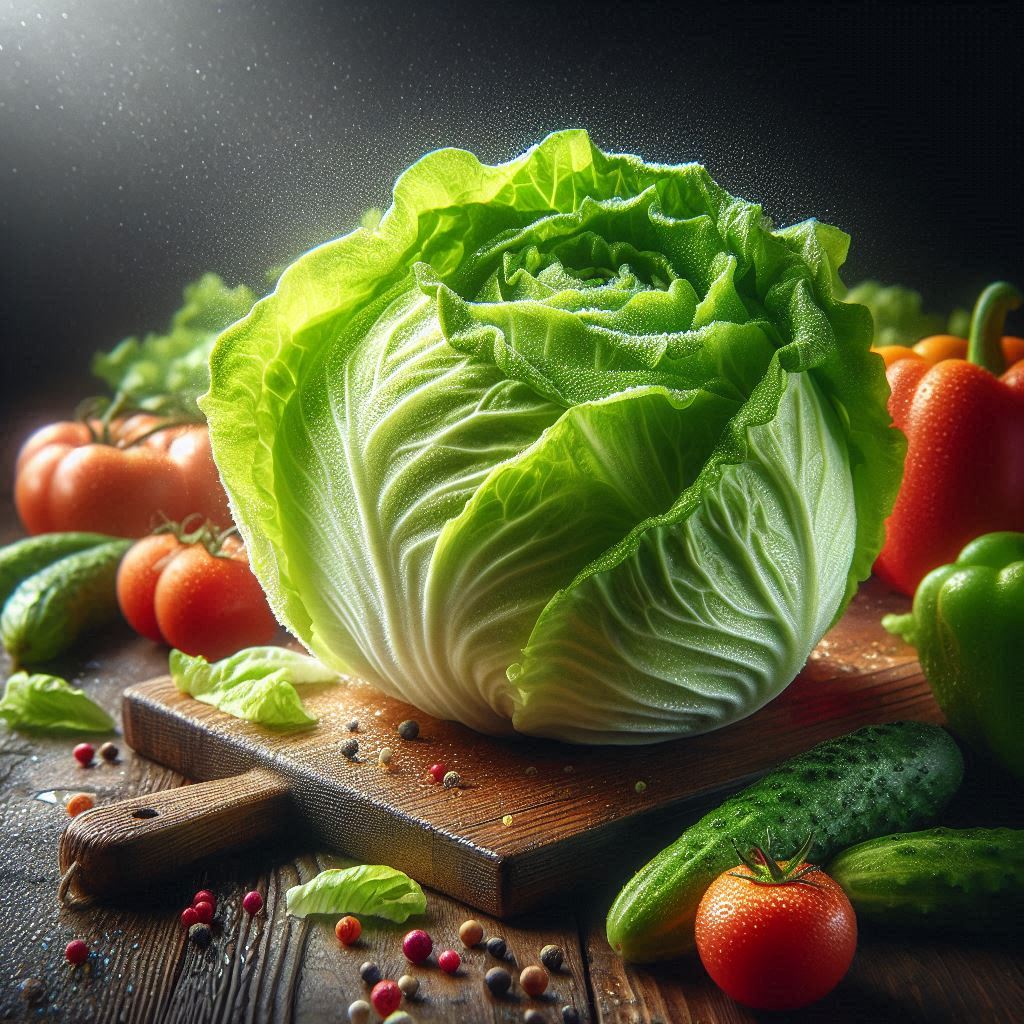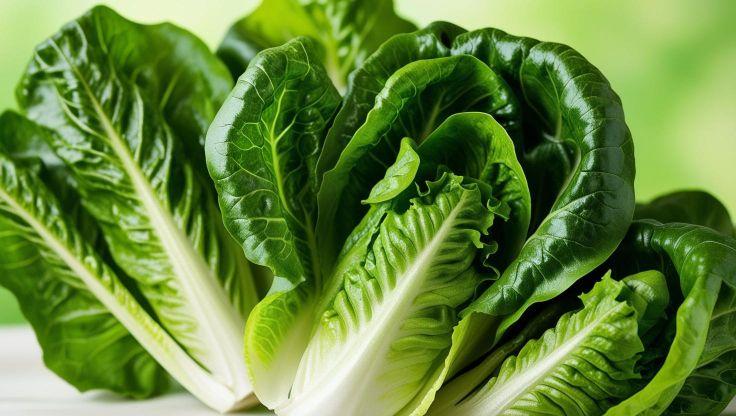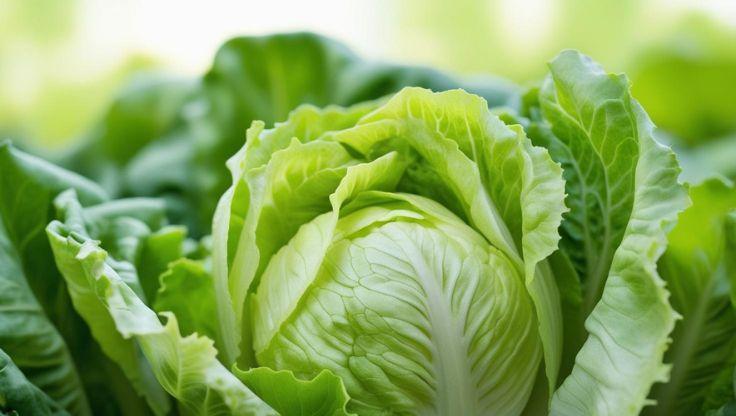Hydroponic Plants: A Guide to Growing Fennel in a Hydroponic System
Hydroponic plants such as fennel (Foeniculum vulgare), a fragrant vegetable, originate from the Mediterranean and have been cultivated for centuries. Known for its feathery leaves and distinctive bulbous base, these hydroponic plants are widely used. Unlike traditional soil-based farming, hydroponic plants like fennel thrive in controlled environments, ensuring optimal nutrient absorption and potential year-round production. The hydroponic system effectively eliminates many soil-related challenges, often leading to higher yields and superior plant quality for these valuable hydroponic plants.
Why Choose Hydroponic Fennel? Advantages for These Hydroponic Plants
Growing fennel as hydroponic plants provides several compelling advantages for the dedicated cultivator. The controlled environment of a hydroponic system allows for precise management of nutrient solutions, tailored directly to the needs of your fennel hydroponic plants. This meticulous control often results in accelerated growth rates and more uniform bulb development for these hydroponic plants compared to soil-grown hydroponic plants, yielding quality produce.
Furthermore, hydroponic systems can achieve greater yields per unit area, as hydroponic plants can often be cultivated more densely, maximizing space efficiency. Water conservation is a significant benefit, with many setups drastically reducing water usage through efficient recirculation systems for these hydroponic plants. The absence of soil also greatly reduces the risk of soil-borne diseases and pests attacking your fennel hydroponic plants, promoting a healthier overall crop of these hydroponic plants.
Optimal Hydroponic Growing Conditions for Fennel Hydroponic Plants
Successfully cultivating fennel hydroponic plants requires establishing and maintaining specific environmental parameters for these specialized hydroponic plants. This includes careful attention to pH, EC levels, light exposure, temperature, and humidity within your chosen hydroponic system to fully support these hydroponic plants.
Mastering pH and EC Levels for Healthy Hydroponic Plants
For fennel hydroponic plants, it is crucial to maintain the nutrient solution pH between 6.4–6.8. This specific range ensures optimal nutrient uptake and availability for your hydroponic plants, preventing deficiencies. Consistent pH within this window prevents nutrient lockout, which is vital for healthy hydroponic plants and proper bulb formation of these unique hydroponic plants.
Electrical Conductivity (EC) measures the total nutrient strength within the solution for your hydroponic plants. For fennel hydroponic plants, a range of 1.0–1.4 mS/cm ensures balanced nutrient delivery without over-fertilizing. This precise EC helps prevent nutrient burn or deficiencies in your hydroponic plants. Regular monitoring with calibrated meters is essential for effectively managing these sensitive hydroponic plants.
Light, Temperature, and Humidity Requirements for Your Hydroponic Plants
Fennel hydroponic plants require 10–12 hours of daily exposure to full-spectrum LED grow lights for robust growth and good bulb development of these hydroponic plants. Adequate light intensity, contributing to a sufficient Daily Light Integral (DLI), is crucial for the productivity of these hydroponic plants. The ideal temperature range for growing fennel hydroponic plants is 15–23°C (59–73°F); this range prevents slow growth or premature bolting in your valuable hydroponic plants.
Maintaining humidity levels between 60–70% is important for healthy bulb development and overall plant vigor in fennel hydroponic plants. Proper air circulation, often via fans, within the growing area will also help manage humidity and prevent potential fungal issues for your hydroponic plants, ensuring a healthy crop of these aromatic hydroponic plants and minimizing disease for these hydroponic plants.

Best Hydroponic Systems for Cultivating Fennel Hydroponic Plants
Fennel, as adaptable hydroponic plants with a notable taproot and developing bulb, can be successfully grown in various hydroponic systems suitable for these types of hydroponic plants. The selection often depends on the grower's scale, resources, and experience with different hydroponic plants techniques and specific hydroponic plants needs.
Deep Water Culture (DWC) for Fennel Hydroponic Plants
Deep Water Culture (DWC) is a suitable system for fennel hydroponic plants, where roots are submerged in an oxygen-rich nutrient solution, ideal for many hydroponic plants. This method promotes rapid growth and is relatively simple to manage, ensuring consistent moisture and nutrient availability for the developing bulbs of your hydroponic plants. Adequate spacing for bulb expansion is key in DWC hydroponic plants setups to accommodate these specific hydroponic plants.
Ebb and Flow (Flood and Drain) Systems for Hydroponic Plants
Ebb and Flow systems periodically flood the grow bed (often containing an inert medium like clay pebbles) with nutrient solution before draining it away, a versatile method for hydroponic plants. This provides good aeration for fennel hydroponic plants and supports their root systems well, accommodating the bulb typical of these hydroponic plants. This method is adaptable for various scales of hydroponic plants production.
Wick Systems or Media Beds for Growing Hydroponic Plants
Simpler wick systems or media beds using inert media like perlite or coco coir can also support fennel hydroponic plants, especially for smaller scales or beginner hydroponic plants growers. These systems provide good root support and moisture retention, though nutrient delivery might be less precise than active systems for high-performance hydroponic plants, requiring careful monitoring for these particular hydroponic plants.
Nutrient Solutions & Water Management for Fennel Hydroponic Plants
A precisely balanced nutrient solution and astute water management are fundamental to the success of your fennel hydroponic plants in any hydroponic system that hosts these hydroponic plants. These elements provide everything necessary for the optimal growth and bulb development of these specialized hydroponic plants.
Crafting the Nutrient Mix for Your Fennel Hydroponic Plants
Creating the ideal nutrient mix for fennel hydroponic plants involves careful balancing for these demanding hydroponic plants. A general-purpose hydroponic fertilizer for leafy greens or herbs, adjusted for slightly higher potassium during bulb formation, often works well for these hydroponic plants. Ensuring adequate levels of calcium and boron is also important to prevent physiological disorders and ensure good bulb quality in fennel hydroponic plants.
Aeration & Water Refreshing for Healthy Hydroponic Plant Roots
Sufficient aeration of the nutrient solution is vital in many hydroponic systems (especially DWC) to prevent root rot and maintain healthy fennel hydroponic plants, a common concern for all hydroponic plants. Routinely refreshing the water or entire nutrient solution (e.g., every 1-2 weeks) replenishes depleted nutrients and prevents pathogen buildup, ensuring continued optimal health for the root systems of your hydroponic plants.
Seed to Harvest Process for Hydroponic Fennel Plants
Growing fennel hydroponic plants from seed to harvest involves several key stages and requires attention to detail, especially since quality bulb formation is a primary goal for these unique hydroponic plants within your hydroponic plants collection.
Germination and Transplanting Fennel Seedlings as Hydroponic Plants
Fennel hydroponic plants typically begin from seed, requiring 2–3 seeds per hole in a suitable starting medium like rockwool or coco coir for successful germination of these future hydroponic plants. Maintain consistent moisture and warmth (around 20-22°C or 68-72°F) for these hydroponic plants. After germination, once seedlings are robust with true leaves, they are carefully transplanted into the main hydroponic system.
Maturation and Harvesting Time for Your Hydroponic Plants
After transplanting into the hydroponic system, fennel hydroponic plants generally reach maturity for harvest 60–90 days post-germination, depending on the variety and conditions for these hydroponic plants. Hydroponic cultivation often accelerates growth and enhances bulb quality of your hydroponic plants. The bulb should be harvested when it is firm, well-rounded, and has reached a desirable size (typically 3-4 inches across) for these mature hydroponic plants.
Recommended Fennel Varieties for Hydroponic Plants Success
Several fennel varieties are well-suited for cultivation as hydroponic plants, offering good results in controlled environment agriculture for these types of hydroponic plants. Popular choices known for their performance in hydroponic systems include 'Finocchio' (Florence Fennel), 'Romanesco,' and 'Dragon Fennel.' Selecting an appropriate variety will significantly impact the success and quality of your hydroponic plants harvest.
Culinary Uses and Health Benefits of Hydroponic Fennel Plants
Fennel grown as hydroponic plants is prized for its unique anise-like flavor profile and numerous health benefits, making it a valuable addition to culinary practices involving these versatile hydroponic plants produced as hydroponic plants.
Versatile Culinary Applications of Your Hydroponic Plants
Fennel is a staple vegetable in global cuisines, often used as hydroponic plants in soups, stews, stir-fries, and salads, a testament to the quality of these hydroponic plants. Its feathery leaves (fronds) and bulbous base can be blended into sauces for sweet and savory dishes, showcasing the culinary versatility of these hydroponic plants. The distinctive anise-like flavor of these hydroponic plants adds a unique note.
Rich Nutritional Profile of Hydroponic Plants (Fennel)
Fennel hydroponic plants are rich in antioxidants, vitamin C, and fiber, contributing significantly to a healthy diet from your hydroponic plants. Consuming these hydroponic plants supports heart health, aids digestion, and boosts immune function. Fennel also contains anti-inflammatory properties, making these hydroponic plants a beneficial food choice harvested from your hydroponic system designed for hydroponic plants.
Sustainability Advantages of Growing Fennel as Hydroponic Plants
Cultivating fennel within a hydroponic system offers significant environmental and production advantages, positioning these hydroponic plants as a sustainable choice for modern agriculture. A hydroponic system greatly reduces pesticide dependency, leading to cleaner produce from your hydroponic plants. It also enhances water conservation through efficient recirculation and supports consistent year-round cultivation of fennel hydroponic plants, irrespective of external climatic conditions, ensuring a steady supply of these flavorful hydroponic plants.
Conclusion: Growing Fennel Successfully as Hydroponic Plants
Growing fennel as hydroponic plants is a highly achievable and rewarding endeavor for cultivators. By providing the ideal conditions within a well-managed hydroponic system, including correct pH, EC, and light, growers can expect robust yields of flavorful fennel hydroponic plants. The numerous benefits make fennel an excellent choice for expanding the repertoire of hydroponic plants, contributing to efficient and sustainable food production using modern techniques for these specialized hydroponic plants.
Research for expert insights
Get access to expert analysis and essential information with these well-researched articles.
|
Company/Institution |
Article Title |
Article Link |
|---|---|---|
|
Frontiers in Plant Science |
Elevated CO2 concentration induces changes in plant growth, transcriptome, and antioxidant activity in fennel |
|
|
Virginia Tech |
Impact of growth stage, supplemental red LED, and salinity stress on the quality and aroma attributes of hydroponic fennel |
|
|
MDPI |
Alfalfa, Cabbage, Beet and Fennel Microgreens in Floating Hydroponics—Perspective Nutritious Food? |
Their methodical study presents detailed expertise, making them a crucial reference for anyone looking to enhance their knowledge.


